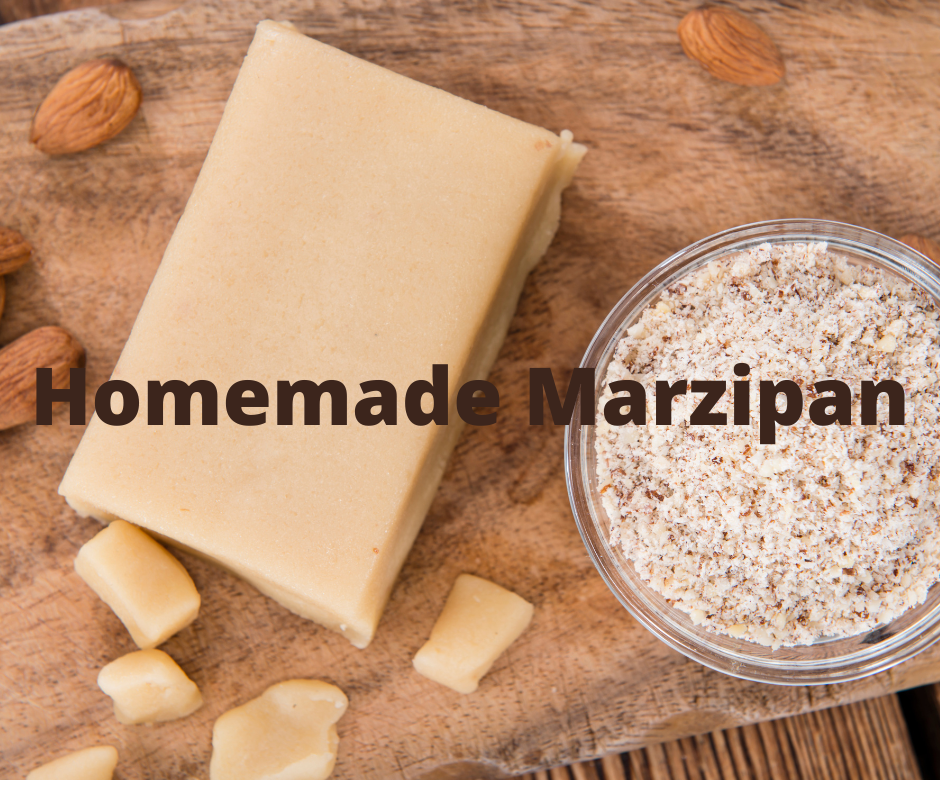To make a fermented nut cheese spread with herbs, soak your choice of nuts like cashews or almonds overnight, then blend them with water, lemon juice, and probiotic culture. Let the mixture ferment at room temperature until it develops a tangy flavor. After fermentation, stir in fresh herbs such as basil or dill, along with seasonings like garlic or nutritional yeast. If you want to discover how to customize and perfect this delicious spread, keep exploring these steps.
Key Takeaways
- Soak and blend nuts with water and acid to create a creamy base for fermentation.
- Add probiotic cultures or fermented foods to initiate beneficial bacteria growth.
- Ferment at room temperature for 12-48 hours to develop tangy flavor and complex notes.
- Incorporate fresh herbs like basil, dill, or chives after fermentation for vibrant flavor.
- Serve as a spread or dip, offering a dairy-free, nutritious, and customizable cheese alternative.

Fermented nut cheese spread offers a delicious and nutritious alternative to traditional dairy-based cheeses, making it perfect for vegans, vegetarians, and anyone seeking plant-based options. When you explore nut fermentation, you reveal a world of rich flavors and creamy textures that mimic classic cheeses without using animal products. This process involves soaking and blending nuts—such as cashews, almonds, or macadamias—then fermenting the mixture with beneficial bacteria. The result is a tangy, flavorful spread that can be customized with herbs, spices, and other seasonings. Nut fermentation not only enhances taste but also boosts digestibility and nutrient absorption, making your cheese alternatives healthier and more satisfying.
As you make your fermented nut cheese spread with herbs, you’re engaging in a creative culinary process. Begin by soaking your chosen nuts in water for several hours or overnight, which softens them and initiates sprouting enzymes that improve fermentation. Once soaked, drain and blend the nuts with a bit of water, lemon juice, or vinegar to achieve a smooth, creamy consistency. To jumpstart fermentation, add a small amount of probiotic culture—either from a supplement or a spoonful of existing fermented foods like sauerkraut or kimchi. This step is vital for developing that signature tang and depth of flavor associated with cheese alternatives. Cover the mixture and let it ferment at room temperature for 12 to 48 hours, depending on your desired level of tanginess.
While the nuts ferment, you can prepare fresh herbs such as basil, dill, chives, or parsley. These herbs not only add vibrant flavor but also elevate the aroma of your cheese spread. Once fermentation is complete, incorporate the herbs into the mixture, blending until evenly distributed. The herbs bring brightness and freshness, transforming the spread into a versatile condiment perfect for crackers, sandwiches, or vegetable dips.
You can also experiment with other seasonings like garlic, nutritional yeast, or smoked paprika to further enhance the cheese alternatives. The beauty of fermented nut cheese spread is that it’s entirely customizable—adjust the herbs and spices to suit your taste. Not only does this process create a flavorful, plant-based cheese, but it also encourages you to explore different flavor combinations. Plus, by choosing nuts and herbs thoughtfully, you guarantee your spread is packed with healthy fats, protein, and antioxidants.
Frequently Asked Questions
How Long Does the Fermentation Process Take?
The fermentation duration for nut cheese spread typically takes about 24 to 48 hours, but it can vary based on temperature and your taste preferences. During this time, you’ll notice flavor development as the natural microbes work, creating a tangy, complex taste. Keep an eye on your spread, tasting it periodically until it reaches your desired flavor profile. Longer fermentation can deepen the flavors, but don’t let it go too far to avoid over-fermentation.
Can I Use Different Types of Nuts?
Did you know that over 50% of home cooks experiment with different nuts? Yes, you can use various nut types for your fermented nut cheese spread with herbs. Your choice of nut affects flavor variations and texture, so feel free to try almonds, cashews, or walnuts. Each offers a unique taste experience, allowing you to customize your spread to suit your palate and create delightful variations.
What Herbs Work Best for Flavor?
You should try aromatic herbs like basil, parsley, and chives for great flavor pairings in your spread. These herbs add freshness and vibrant aroma that complement the nutty base perfectly. Experiment with thyme or oregano if you want a more robust taste. Remember, the key is to balance the herbs so they enhance the natural flavor without overpowering it. Start with small amounts and adjust to suit your preference.
Is This Spread Suitable for Vegans?
Yes, this spread is suitable for vegans because it uses plant-based ingredients and offers vegan alternatives. Unlike dairy-based cheeses, it’s crafted from nuts and herbs, making it perfect for those seeking cruelty-free options. You’ll enjoy the richness of fermented flavors combined with fresh herbs, all while sticking to a vegan lifestyle. So, you can indulge without compromise, knowing it aligns with your plant-based diet and ethical choices.
How Should I Store the Finished Spread?
You should store your finished spread in an airtight container in the refrigerator to maintain freshness. Follow proper storage tips by keeping it at a consistent temperature and ensuring it’s well-sealed. This helps extend its shelf life, typically around one to two weeks. Be sure to check for any signs of spoilage before using it, and always reseal tightly after each use to keep the spread fresh and flavorful.
Conclusion
Once you’ve tasted this fermented nut cheese spread with herbs, you’ll realize it’s like a garden in every bite—fresh, vibrant, and full of life. Its tangy richness transforms simple snacks into extraordinary treats, turning everyday moments into something special. So, don’t hesitate—embrace the magic of fermentation and herbs, and let your taste buds dance with delight. After all, isn’t life too short not to indulge in something wonderfully homemade?
Ilana has been a vegan for over 10 years. She originally made the switch for health reasons, but soon found herself becoming more and more passionate about the ethical and environmental implications of a vegan lifestyle. Ilana is the author of The Graceful Kitchen, a blog all about veganism. She loves to cook up delicious and nutritious vegan meals, and share her recipes with others who are interested in leading a cruelty-free life. Ilana is also a strong advocate for using whole foods as the foundation of a healthy diet, and believes that going vegan is one of the best ways to achieve this.










